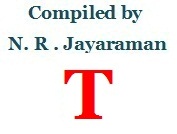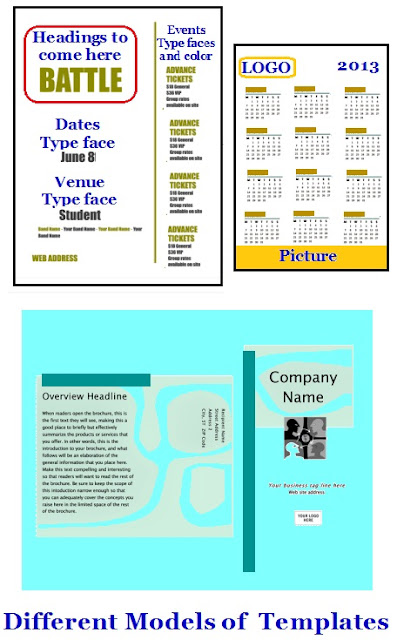
Alphabet T /2

6. Three knife trimmer: In most of the presses one may have seen only one knife Guillotine machine while some bigger units may have pre-programmable Guillotine machines. On pre-programmable Guillotine machines when the cutting length is pre-determined and fed into the machine memory along with no of cuts required, the trimmer automatically move the paper lots to correct position, cut them and move again to the next position till the last cut is completed. Thereafter to cut the other side, the paper lot will have to be physically moved to the other position and automatic cut activated.
However where the print volume is regular and high- such as paper back publishing units, with the books perfect bound – the presses use three side cutting knife machines comprising of three knives, two of them parallel to each other and the third one right-angle to the other knives which trim the three sides of a bound book (except spine) simultaneously in one operation. The three knives Cutter is cost effective for presses where as said earlier the volume of work is continuous, regular and high. Several model three side trimmers with hydraulic clamping are available in the market manufactured by different firms, each with several features to prevent human error accidents. The system of cutting is such that while the clamp hold the books tight on the machine bed, the first two sides are trimmed followed by the third cut without any of the knives touching or crossing each other.

7. Tack: The term refers to the stickiness of the printing ink. Printing inks are required to have internal cohesion with pigments and other particles present in the ink and to sit firmly on the surface on which they are printed. If the tack is higher then it will pull the fibers from the paper apart. The higher tackier ink can also cause picking problem. Increased or insufficient ink tack can influence the reproduction of solids, sharp lines and dot gain. At the same time if the tack is not slightly more in the ink used in Offset printing, then it can cause emulsification in the fountain solution.
The ink contains vehicles, pigments and solvents in balanced proportions and they determine, mainly the vehicles used in it determine the tack properties. Therefore tack is an important factor for transfer of ink between rollers and for drying properties. While tack is an important factor in respect of Inks for Letterpress and Offset printing, the inks for Flexographic or Rotogravure inks are liquid inks and therefore tack is not an issue for those inks.
The tack of the ink is measured by Tachometer at certain stipulated conditions. Usually the ink manufacturers measure the tack before packaging for particular printing process.
8. Tensile strength: Tear resistance indicated by tensile strength is an important factor that determines the strength of paper to withstand elongation without break during printing. The Tensile strength indicates the extent to which the paper can be stretched without breaking. The Paper is generally stronger in grain direction and has more tensile strength in that direction. This factor is more important in papers meant for packaging, wrapping and papers used on web printing machines. The Tensile strength is measured by a Tensile tester by applying constant rate of elongation to the test strip of specified width and length. The tensile strength of paper is measured by applying a tensile force parallel to the plane of the paper. The tensile strength of paper being defined as the breaking force per standard width, will depend on basic weight of the paper. Tensile strength is usually quoted in kN/m.

9. Thickness or Caliper : The thickness of the paper is related to GSM and the thickness is measured by a micrometer and expressed in micron the symbol being μm. This is an important factor in printing as the uniformity of thickness is essential to produce a good image. The paper must have uniform thickness throughout its surface but slight variation may not cause much of a problem. The optical density, opacity, weight and paper strength are all interconnected with the paper thickness. Read more under Basic weight and GSM

10. Template: A pre-developed page design that indicates where various elements like text matter, images etc of the job can be placed. This is actually a guide layout for setting the pages with illustrations, headings, page no, margins, size of fonts etc. Based on the Templates the Layouts will be finalized and prepared.

………..Additions to alphabet T to be continued under T/2













Recent Comments